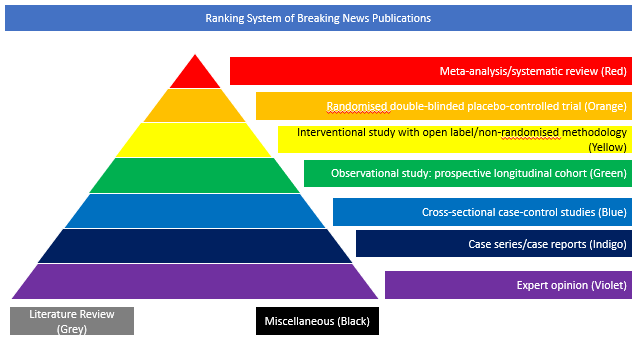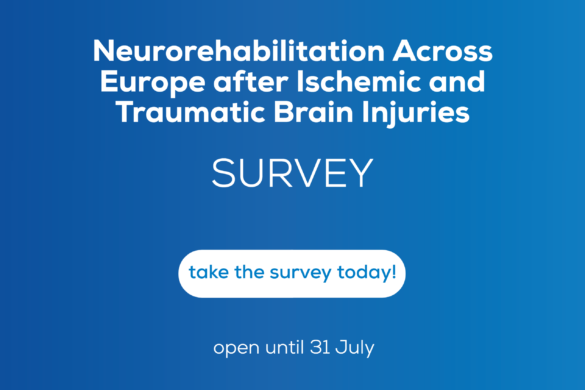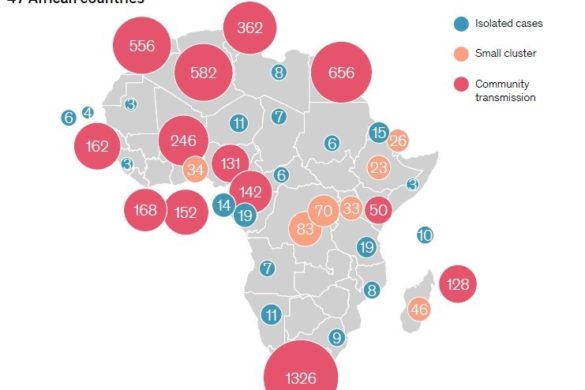Meta-analysis Systematic Review (Red)
The objective of this study was to perform a systematic review and meta-analysis to summarise and quantitatively evaluate electroencephalographic (EEG) findings in patients with COVID-19. The MEDLINE, CENTRAL, and ClinicalTrials.Gov databases were comprehensively assessed and searched for observational studies with EEG findings in patients with COVID-19. Pooled proportions of EEG findings with 95% confidence intervals (CIs) were assessed using a random effects model. The quality of assessment for each study, heterogeneity between the studies, and publication bias were also evaluated. In total, 12 studies with 308 patients were included in the meta-analysis. Abnormal background activity and generalised slowing in the pooled proportions were common findings among patients with COVID-19 (96.1% [95% CI: 89.4-99.9]; I2 = 60%; p < 0.01 and 92.3% [95% CI: 81.2-99.3]; I2 = 74%; p < 0.01, respectively). The proportion of patients with epileptiform discharges (EDs) was 20.3% ([95% CI: 9.85-32.9]; I2 = 78%; p < 0.01). The proportion of EDs varied between patients with a history of epilepsy or seizures (59.5% [95% CI: 33.9-83.2]; I2 = 0%; p = 0.49) and patients without (22.4% [95% CI: 10.4-36.4]; I2 = 46%; p = 0.07). The findings of seizures and status epilepticus on EEG were observed in 2.05% ([95% CI: 0.02-6.04]; I2 = 39%; p = 0.08) and 0.80% ([95% CI: 0.00.-3.69]; I2 = 28%; p = 0.17) of patients in these groups, respectively. The authors concluded that the proportion of abnormal background activity in patients with COVID-19 was high (96.1%). Epileptiform discharges were present in 20.3% of the cases and the proportion varied between people who had a history of epilepsy/seizure and those who did not. However, the proportion of seizures and status epilepticus on EEG was low (2.05% and 0. 80%, respectively).
doi: 10.1016/j.yebeh.2020.107682.













